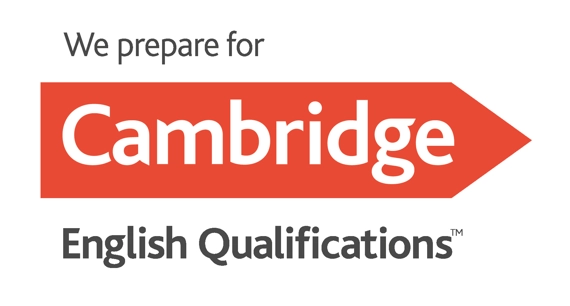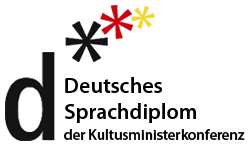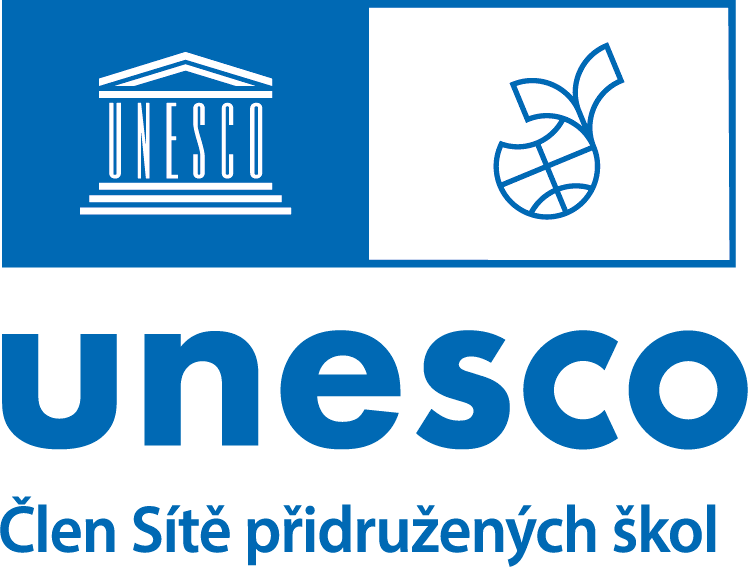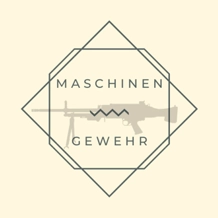Last year I participated in a contest called FYKOS (or Fyzikální korespondenční seminář) that is organised by MFF of the Charles University. In this contest you get every month a bunch of problems and you have a month to solve it and send your solution. Then it is checked and you get appropriate amount of points. If you are successful and you have more than one half of the points from the whole year, you will for example not have to do entrance exams when you want to study on MFF. Also if you are successful you can take part on some other actions which MFF organizes. The most interesting is probably the Week with applied physics that I participated this year.
The destination of TSAP (Týden s aplikovanou fyzikou) this year was CERN in Swiss, but there was more than this. The meeting was set on Monday evening. There were about forty participants and some people from MFF who organize FYKOS. We spent the first night in bus on the way to Dingolfing and we arrived there on Tuesday morning. There was excursion to the BMW factory, that took almost the whole day and we saw everything from welding, bodywork manufacturing and spray painting to completion and final testing. We also found out that in Bavaria there is allowed to drink beer at work as according to Bavarian laws beer is not alcoholic beverage but food.
We spent the whole next day in Deutsches Museum von Meisterwerken der Naturwissenschaft und Technik in Munich. Although we had the whole day to go through the museum we found ourselves running out of time.
At night we slept in the bus and on Thursday morning we arrived to Grenoble in France. There is a huge research and industrial area that we were heading to. We had an excursion to the ESRF that stands for European Synchrotron Research Facility. In this facility there is a research of advanced materials, study of inner structures of materials and more using X-ray crystallography. There is a huge (844 meter in length) synchrotron that is used to produce hi-energy X-rays that are then delivered to tens of experiments. These X-rays are 100 billion times brighter then X-rays used in hospitals. In the evening we moved to CERN and we began with excursion to experiment ALICE. There we had a cool, long and exhausting lecture about ALICE and about detector physics in general.
We were in CERN for the whole next day. Firstly we visited a hall where parts of pipelines are tested. These have to manage deep vacuum, temperatures close to absolute zero and massive electrical currents. Few years ago, LHC had an accident, when one small connection had a defect that led to small electrical resistance. That resistance heated the liquid helium which is cooling magnets down, vaporised it and eventually made it explode, throwing tens of tons of expensive equipment all over the place.
Our next stop was the Antimatter Factory. Its name is quite self-explanatory, they produce antimatter there. That was probably the coolest looking place in CERN. This was a huge hall full of high-end equipment organized in unbelievably unorganized mess. The goal of this facility is not just to produce, but more importantly to keep the antimatter for more than few tenths of a second. Currently, they are also trying to measure whether the gravity affecting the antimatter is positive or negative.
Last place we visited in CERN was the computing and data centre. This was a huge hall with dozens of high-end servers processing terabytes of data and sending it to the computing grid that consists of supercomputers from research facilities and universities from all over the world. And that was pretty much the end of our journey, after that we were heading back to Czech. It was one of the best experiences in my life.
Jiří Tuháček, oktáva B









